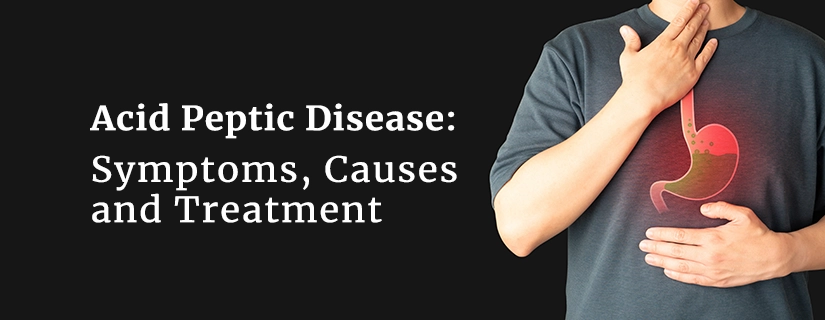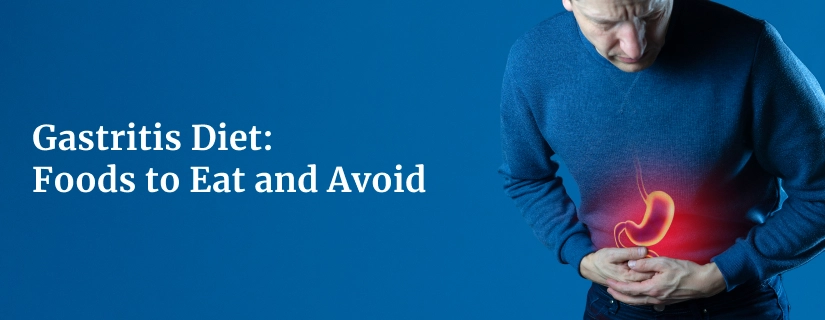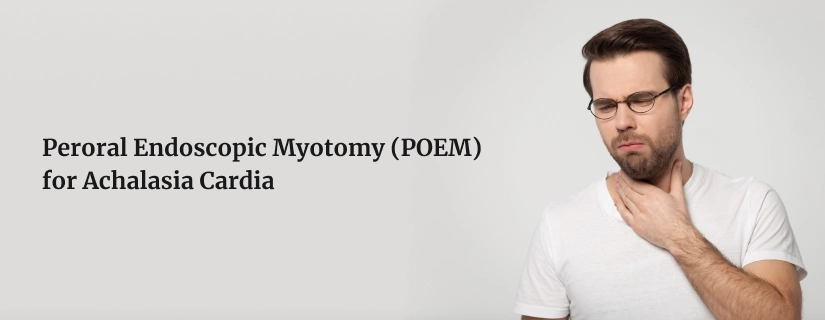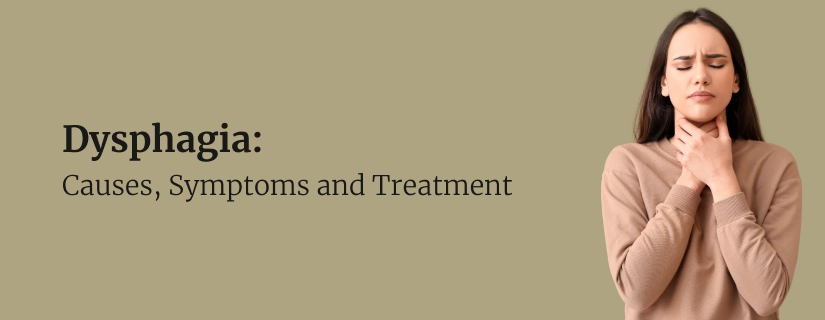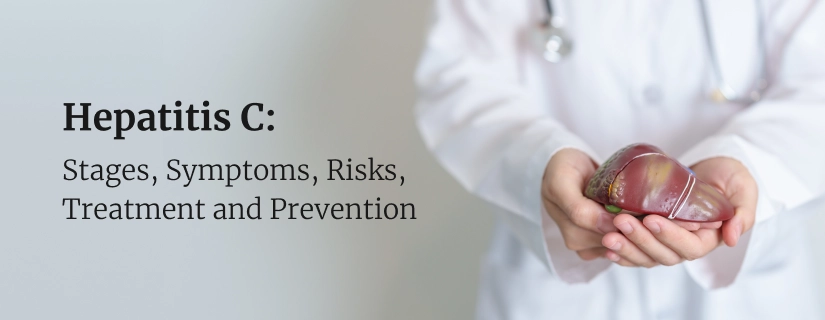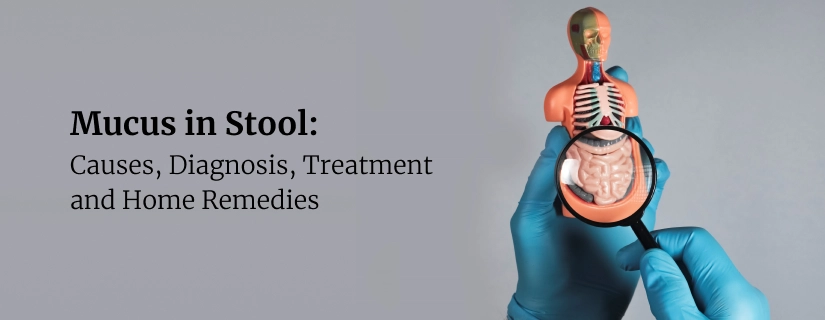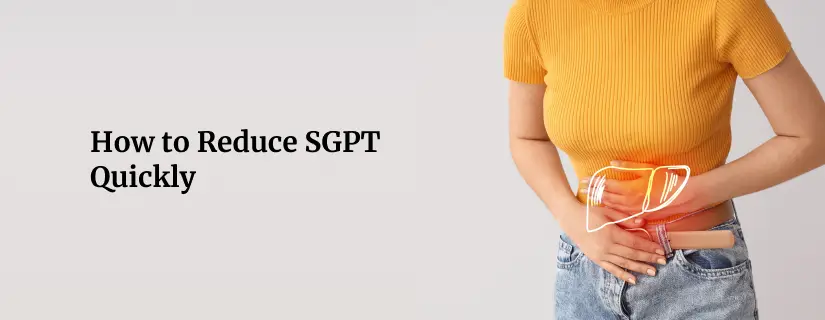-
Doctors
-
Specialities & Treatments
Centre of Excellence
Specialties
Treatments and Procedures
Hospitals & Directions HyderabadCARE Hospitals, Banjara Hills CARE Outpatient Centre, Banjara Hills CARE Hospitals, HITEC City CARE Hospitals, Nampally Gurunanak CARE Hospitals, Musheerabad CARE Hospitals Outpatient Centre, HITEC City CARE Hospitals, Malakpet
HyderabadCARE Hospitals, Banjara Hills CARE Outpatient Centre, Banjara Hills CARE Hospitals, HITEC City CARE Hospitals, Nampally Gurunanak CARE Hospitals, Musheerabad CARE Hospitals Outpatient Centre, HITEC City CARE Hospitals, Malakpet Raipur
Raipur
 Bhubaneswar
Bhubaneswar Visakhapatnam
Visakhapatnam
 Nagpur
Nagpur
 Indore
Indore
 Chh. Sambhajinagar
Chh. SambhajinagarClinics & Medical Centers
Book an AppointmentContact Us
Online Lab Reports
Book an Appointment
Consult Super-Specialist Doctors at CARE Hospitals
Appendicitis: Symptoms, Causes, Diagnosis, Treatment, Foods to Avoid and Prevention
Updated on 29 March 2023

The appendix is a small, finger-like organ. It looks like a tube-shaped pouch located near the lower right of the abdomen. The appendix is connected to the large intestine and laps over the colon.
What is Appendicitis?
If there is a pain in your appendix area near the right side of the lower areas, then that can be due to different reasons. The most common among them is appendicitis. If the appendix is inflamed, infected, and blocked then that can make it hurtful, giving rise to the painful condition called Appendicitis.
The common causes of pain in Appendix
- The presence of bacteria, viruses, or parasites in the digestive tract.
- The appendix is obstructed by a choking stool.
- Pus or abscess around the appendix.
Signs and Symptoms of Appendicitis
The common symptoms of appendicitis include a dull pain around the belly button moving to the place where the appendix is situated. It may even start on the right side of the lower stomach. It hurts more when you move, cough, sneeze, breathe deeply or touch that area.
Appendicitis often results in acute pain. When stool impacts the appendix, the symptoms start getting worse and the appendix may even burst. If the walls of the appendix break or there are holes in it, the infection, mucus, or stool leaks through it and spreads inside the stomach as the appendix begins to die. This condition is known as peritonitis and it is a serious kind of infection.
If the appendix bursts, then the pain is felt all over the belly. It can burst within 48-72 hours if left untreated. If the symptoms suggest that you have appendicitis, then you must immediately consult the doctor.
The other symptoms may include the following:
- Vomiting
- Fever
- Indigestion
- Nausea and/or vomiting
- Swollen abdomen
- Constipation
- Diarrhoea
- Trouble passing gas or passing too much gas
- Loss of appetite
- Pain while urinating, pain in the rectum, back or other parts of the abdomen.
What Food Can Cause Appendicitis?
Appendicitis is typically not directly caused by specific foods. Instead, it is often associated with blockages in the appendix, which can result from factors like the accumulation of fecal matter, infections, or inflammation. While there are no specific foods known to cause appendicitis, a diet high in fiber and hydration may help reduce the risk of certain gastrointestinal issues that can indirectly impact the appendix. It's essential to maintain overall good hygiene and health practices rather than focusing on individual foods in relation to appendicitis. If you experience symptoms of appendicitis, seek medical attention promptly.
Complications of Appendicitis
Appendicitis is considered a medical emergency due to the potential for serious complications that can progress through various stages. These complications include:
- Ischemia and necrosis: The appendix experiences severe swelling, leading to a lack of blood supply (ischemia). This results in increased inflammation and eventual tissue decay (necrosis).
- Gangrene/ perforation: Once necrosis occurs, infection can spread. This can happen gradually through internal gangrene or rapidly if the appendix tears or bursts (perforation).
- Abscess/phlegmon: Initially, the infection may be contained near the appendix, forming an abscess (pus-filled pocket) externally. The appendix can also develop a mass known as a phlegmon, containing the infection, but these masses have the potential to rupture.
- Peritonitis and spreading infection: If the infection extends into the peritoneal cavity (peritonitis), it can spread to other organs and even enter the bloodstream (septicemia). Bloodstream infection may lead to sepsis and septic shock, posing a risk of fatality.
Diagnosis of Appendicitis
The doctor will ask you a few questions about your previous health status. The below tests will be prescribed to confirm the diagnosis:
- Urine tests: To check whether the patient has an infection
- Blood tests: This test helps in identifying if the patient has an infection. A higher white blood cell count indicates infection.
The following imaging tests might be done:
- Ultrasound: The functioning of the internal organs is checked along with the blood flow that passes through various vessels.
- CT scan: It gives highly detailed pictures of the bones, fat, muscles, and other organs.
- MRI: It is suggested more in the case of pregnancies, in place of a CT scan to confirm appendicitis
Treatment of Appendicitis
Appendicitis may lead to serious consequences calling for immediate medical attention. If the appendix bursts, it can cause a deadly infection. In the majority of cases, the doctors advise the removal of the appendix through surgical methods.
The treatment of appendicitis is done usually by removing the appendix by following the below-mentioned methods:
- Open surgery method: A cut is made in the stomach after giving anaesthesia to the patient. The surgeon takes out the appendix. If it has already burst then the pus inside needs to be taken out.
- Laparoscopic method: The surgical procedure is performed after giving the patient anaesthesia. It involves several small incisions. With the help of a laparoscope, the inner parts of the stomach are accessible. Small cuts are made to insert the surgical tools. Another insertion is made to insert the camera/ laparoscope.
Home Remedies For Appendicitis
If you notice symptoms of appendicitis, it's crucial to contact your doctor promptly as it's a serious condition requiring medical attention. Relying on home remedies is not safe.
If you undergo surgery to remove your appendix, your doctor may prescribe antibiotics and pain relievers to aid in your recovery. Along with following the prescribed medication regimen, it can be beneficial to:
- Get sufficient rest.
- Stay well-hydrated by drinking ample fluids.
- Engage in light daily walks.
- Avoid strenuous activities and lifting heavy objects until your doctor clears you to do so.
- Maintain cleanliness and dryness at your surgical incision sites.
In certain instances, your doctor might recommend dietary adjustments. If you experience post-surgery nausea, consuming bland foods like toast and plain rice may provide relief. For constipation, a fiber supplement could be suggested.
Recovery Time after the Appendectomy
The recovery after this surgery will take less time if the appendix has not burst. But, in case it has burst, then it can take longer and the patient is administered antibiotic medicines in the meantime.
Conclusion
The appendix is a vestigial organ of your body without which you can survive. But if there is an issue with this organ, you need to take it seriously. It is necessary to follow the treatment, take timely medicines and follow the advice of the doctor. You can get it removed when you are advised to do so.
FAQs
1. Is surgery the primary treatment for appendicitis?
Yes, the standard treatment for appendicitis is surgical removal of the inflamed appendix, a procedure known as an appendectomy. This surgery is usually performed as an emergency to prevent the appendix from rupturing.
2. What tests can diagnose appendicitis?
Appendicitis diagnosis commonly involves blood tests and various imaging procedures. Blood tests can detect indicators of inflammation, like an elevated white blood cell count or C-reactive protein levels, aiding in the identification of an infection. Imaging tests like abdominal ultrasounds or CT scans are used to visualize the potential swelling of the appendix. In some cases, additional tests may be requested to eliminate other possible conditions.
3. What complications can occur with appendicitis?
If left untreated, appendicitis can lead to complications such as a ruptured appendix, abscess formation, or peritonitis (infection of the abdominal cavity). These complications can be serious and require additional treatment.
4. Can food cause appendicitis?
Sometimes, very rarely, an unprocessed seed or nut can block the entrance to the appendix and lead to inflammation. However, in most cases, eating more fiber can lower your chances of getting appendicitis.
5. What is acute appendicitis vs. chronic appendicitis?
Appendicitis typically presents as an acute condition, characterized by sudden onset and rapid deterioration. Our understanding of appendicitis primarily revolves around acute cases, which are quite common. In contrast, chronic appendicitis is a rare and less understood condition. It seems to develop when the appendix is intermittently irritated over an extended period without worsening.
Chronic appendicitis may not exhibit the escalating symptoms seen in acute cases, making it harder to identify. Nonetheless, all forms of appendicitis are serious. If you experience persistent abdominal pain of unknown origin, it's essential to consult a healthcare professional. Chronic appendicitis can evolve into an acute episode at any time. Consequently, healthcare providers approach its treatment in the same manner as acute appendicitis due to the potential risks involved.
6. What are the early warning signs of appendicitis?
- Abdominal Pain: Typically starts around the belly button and then moves to the lower right side of the abdomen. The pain can be severe and may worsen with movement, coughing, or sneezing.
- Nausea and Vomiting: Feeling sick to your stomach and vomiting may occur.
- Loss of Appetite: A sudden loss of appetite often accompanies appendicitis.
- Fever: A low-grade fever may be present, often accompanying other symptoms.
7. How long is appendix surgery?
The duration of an appendectomy, the surgery to remove the appendix, can vary based on factors such as the patient's condition, the severity of appendicitis, and the surgical technique used. Typically, a straightforward laparoscopic appendectomy might take around 30 minutes to an hour, while an open surgery may take longer.
8. What are the stages of appendicitis?
Appendicitis doesn't always occur in distinct stages, but the condition may progress. However, a general understanding of the possible progression might include:
- Early Appendicitis: Characterised by vague abdominal discomfort or pain near the belly button.
- Acute Appendicitis: Sharp pain migrating to the lower right abdomen, accompanied by worsening symptoms like fever, nausea, and vomiting.
- Ruptured Appendicitis: If the appendix bursts, symptoms might temporarily improve due to the release of pressure. However, it leads to more severe complications like peritonitis (inflammation of the abdominal lining).
9. How long can appendicitis last?
The duration of appendicitis can vary. Initially, symptoms might be mild and intermittent, but as the condition progresses, symptoms worsen. Once the appendix becomes inflamed, symptoms usually escalate over a day or two. If the appendix ruptures, the severity and duration of the illness increase, and immediate medical attention is necessary.
10. Is appendix surgery painful?
Appendix surgery (appendectomy) is typically performed under anaesthesia, so patients do not feel pain during the procedure. After the surgery, some discomfort or pain at the incision site or in the abdomen is common. Pain is usually managed effectively with pain medications prescribed by the doctor. Laparoscopic surgery may cause less pain and have a quicker recovery time compared to open surgery.
If you suspect appendicitis or experience symptoms suggestive of it, it's crucial to seek immediate medical attention as untreated appendicitis can lead to severe complications. Always consult a healthcare professional for proper diagnosis and treatment.

ENQUIRY FORM
SELECT CATEGORIES
-
Neurosciences (16)
-
Neurology (37)
-
Neurosurgery (14)
-
Orthopaedics (48)
-
Oncology (33)
-
Obstetrics and gynecology (52)
-
Pulmonology (23)
-
Urology (20)
-
Nephrology (13)
-
Psychiatry (7)
-
Dietetics and Nutrition (111)
-
General Medicine (63)
-
Cardiac Sciences (32)
-
Vascular & Endovascular Surgery and Interventional Radiology (15)
-
Gastroenterology (46)
-
Endocrinology (23)
-
Plastic Surgery (10)
-
Critical Care Medicine (5)
-
COVID-19 (16)
-
Dermatology (16)
-
Emergency Care (1)
-
Ophthalmology (4)
-
Pediatrics (14)
-
Laparoscopic and Bariatric Surgery (8)
-
ENT (15)
-
Kidney Transplant (1)
-
Liver Transplantation and Hepatobiliary Surgery (5)
-
General Surgery (3)
-
Internal Medicine (5)
-
Medicine Information
Blood in Stool - Causes, Symptoms, Treatment & Prevention
Gastric Problem: Causes, Symptoms, Prevention & Treatment
YOU MAY ALSO LIKE
RECENT BLOGS
-

Preterm Birth (Premature Birth): Symptoms, Causes, Treatment and Prevention
13 May 2025
Read More
-

Rotablation Angioplasty: Benefits, Treatments, And Recovery Time
9 May 2025
Read More
-
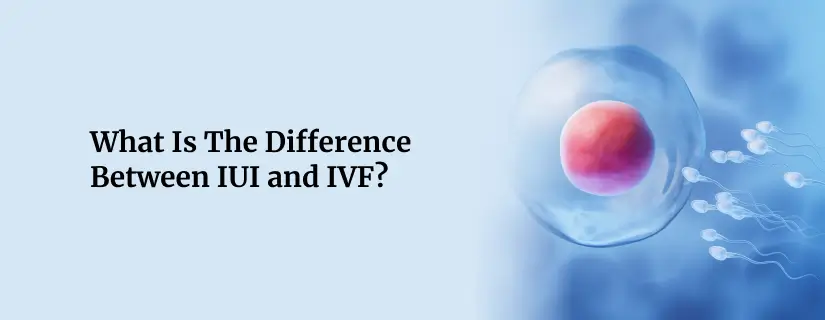
What Is The Difference Between IUI and IVF?
9 May 2025
Read More
-

Venous Malformations: Causes, Symptoms, and Treatment
30 April 2025
Read More
-

Varicose Vein Foam Sclerotherapy: Treatment, Benefits, and Procedure
30 April 2025
Read More
-

Radiofrequency (RF) Ablation Treatment for Varicose Veins: Know More
30 April 2025
Read More
-

Varicose Vein Sclerotherapy: Treatment, Benefits, and Procedure
30 April 2025
Read More
-

Varicose Vein Endovenous Laser Ablation: Procedure, Benefits, Risks
30 April 2025
Read More
Have a Question?
If you cannot find answers to your queries, please fill out the enquiry form or call the number below. We will contact you shortly.












